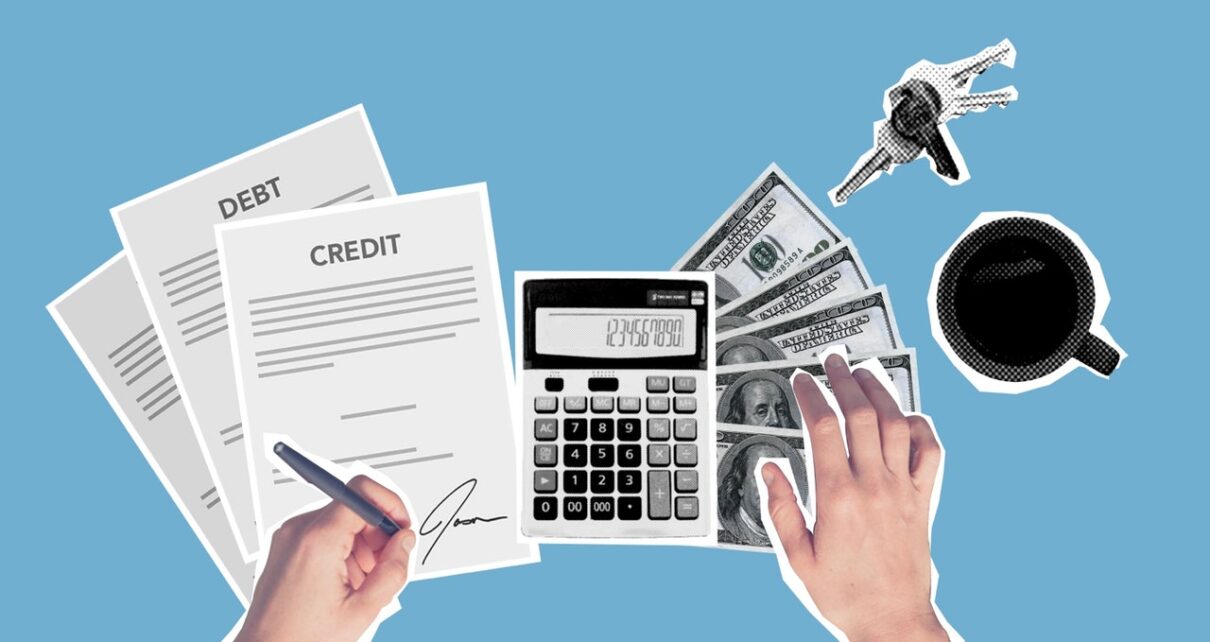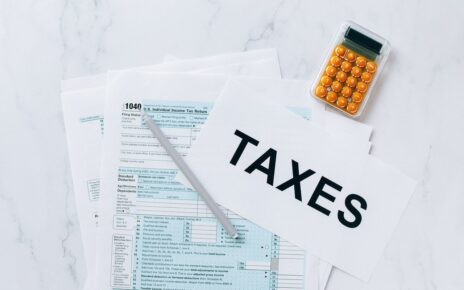Consumer finance, or consumer lending, is the backbone of growth in various economies across the world. From loans to purchase homes to those to help consolidate debt, these are critically valuable access points for capital needed to live life. With so many types of consumer finance options available, it’s easy to become overwhelmed about the ideal choice for any specific need.
Common Types of Consumer Lending
Consumers use loans for many purposes, including purchasing a car or home, paying for education, or consolidating debt. They also use it to pay for living expenses. Consider the following common types of consumer finance that a credit financing company could provide help with in most cases.
Mortgages
A mortgage is a loan used to purchase a home. These are secured loans backed by the value of the home itself. Some common features include:
Up to $424,100 mortgages are available in most areas, with jumbo mtg wholesale loan rates possibly starting after that point (this differs to some degree based on the cost of living).
Loan terms are typically 15 to 30 years.
These are secured loans, which means the lender can pursue the forced sale of the property if the buyer defaults.
Some common types of mortgage loan programs include VA loans for members of the Armed Forces, FHA loans for first-time home buyers, and conventional loans meant for most others.
Auto Loans
Auto loans are typically used to purchase vehicles of any type. This may include both new and used cars. Some key features include:
Loan values are based on the appraised value of the car, with some of the highest around $100,000 (most are much less)
Loan terms typically range from 2 to 7 years.
Most car loans are secured, which means the lender can repossess or force the sale of the vehicle to recoup its investment. In that case, legal aid from Massachusetts Repossession Lawyer and the like can be the only way to come out of the crisis.
Student Loans
Student loans are used to pay for higher education. Federally-backed student loans are those with set terms and conditions, while private student loans typically have more flexible terms to meet consumer needs. Some key features include:
Federal undergrad loans offer up to $12,500 annually, though some programs may offer more. Private loans can offer significantly more.
Interest rates and terms differ from one organization to the next.
The term length can also vary, with federally backed loans not requiring repayment until the student leaves school.
These are unsecured loans.
Bridge Loans
Bridge loans are short-term financial solutions used to facilitate the purchase of a property before permanent financing is secured from the sale of the existing property.
Popularly known as fast bridging loans, they typically have a tenure of one to three years, depending on the borrower’s financial goals. The major upside of this option is that it can be used in situations where the buyer must act immediately.
This becomes possible because the loan amount is dispensed quickly, usually within 24 hours to three days.
This is also a type of secured loan.
Personal Loans
Consumers who may not have assets to use as collateral may seek out an unsecured personal loan. There are some secured loans available as well. These funds are versatile, meaning consumers can use them for many needs. Here are some basic features:
Unsecured loan values can top $50,000 or more, while secured loans may be $250,000 or more depending on need and creditworthiness.
Repayment terms for unsecured loans vary but can be as long as ten years.
These loans may be secured or unsecured, depending on their use and the creditworthiness of the borrower.
Which loan is right for you? It’s important to consider your overall use of the funds and creditworthiness to determine which option is best suited for any specific situation.





